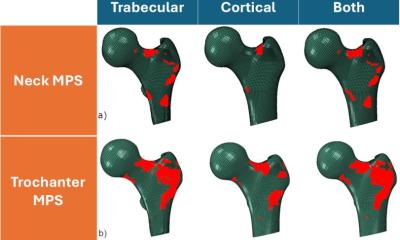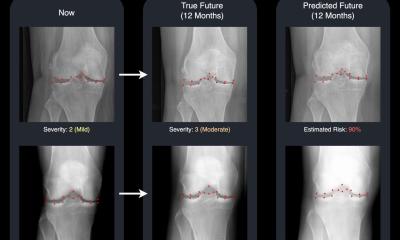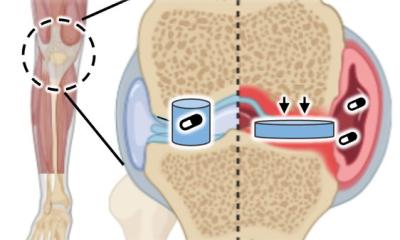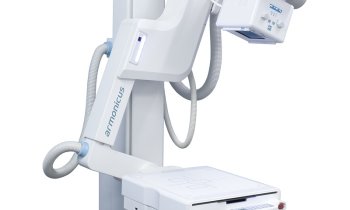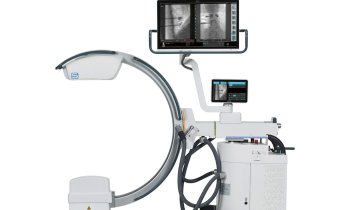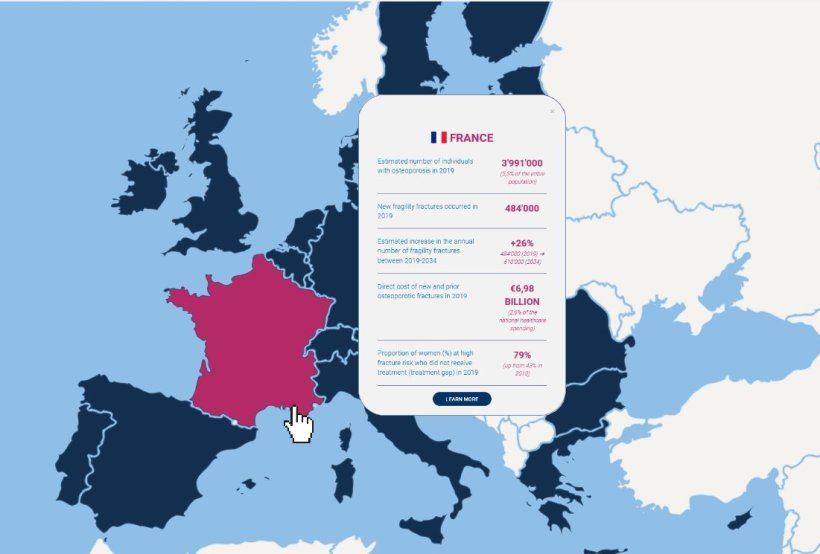
Image source: International Osteoporosis Foundation
News • Bone health in the EU
Osteoporosis: New online map shows burden across Europe
Osteoporosis is a serious and growing healthcare problem in Europe, resulting in more than 4.3 million fragility fractures and enormous healthcare costs in excess of €56 billion annually. Nevertheless, it remains vastly underdiagnosed and undertreated, with an estimated 71% of European women at high risk not receiving preventative treatment.
To put a spotlight on the issue in the lead-up to World Osteoporosis Day, the International Osteoporosis Foundation (IOF) has launched a new interactive online map that presents key data from the Scorecard for Osteoporosis in Europe (SCOPE 2021) and the related Compendium of Country-specific Reports.1,2 The reports review and describe the current burden of osteoporosis in each of the EU member states plus Switzerland and the UK, and audit key metrics in four domains: burden of disease; policy framework; service provision; and service uptake.
The SCOPE 2021 Map provides a snapshot of five key facts and statistics for each of the 29 European countries. Viewers can then click to access their country’s more detailed illustrated fact sheet, with a comparative scorecard. The new Map enhances the existing SCOPE 2021 platform which provides many resources, including a summary report, country-specific fact sheets, slide sets and infographics.3 All resources may be freely used by researchers, osteoporosis advocates, and policy officials who wish to learn more about the burden of osteoporosis in individual European countries and Europe as a whole. Importantly, SCOPE 2021 allows policy officials to benchmark their country’s osteoporosis burden, service provision and uptake against other European countries, or to measure gaps and progress at the national level.
Only nine of the 29 European countries surveyed in the SCOPE 2021 report recognize osteoporosis or musculoskeletal diseases as a national health priority. This must change
Cyrus Cooper
Earlier this year, upon the publication of the SCOPE 2021 country-specific report, Professor John Kanis, Honorary President of IOF, pointed to the wide differences in service provision and uptake across Europe, also noting: “All 29 European countries surveyed in SCOPE 2021 face an enormous osteoporosis and fragility fracture burden, with a substantial impact on current and future healthcare budgets. As the number of women and men aged 75 years and older is expected to increase by more than 29% and 42% respectively between 2019 and 2034, we project the annual number of osteoporotic fractures to increase by approximately +24.8% in that time period, reaching 5.34 million annual fragility fractures. These alarming projections should spur concerted action on the part of all healthcare authorities in Europe.”
Since its launch, the SCOPE 2021 initiative has been very influential and the findings widely used to advocate for advances in osteoporosis prevention and treatment in different European countries. In particular, the disconcerting finding that close to 15 million European women at high risk remain untreated exposes an enormous treatment gap and certainly suggests that there is an urgent need to prioritize osteoporosis prevention and care. Professor Cyrus Cooper, IOF President, stated: “Only nine of the 29 European countries surveyed in the SCOPE 2021 report recognize osteoporosis or musculoskeletal diseases as a national health priority. This must change. To prompt action for prevention, IOF calls for a Europe-wide strategy and parallel national strategies to provide coordinated osteoporosis care and to reduce debilitating fractures and their impact on individual lives and healthcare systems.”
Source: International Osteoporosis Foundation
21.10.2022



